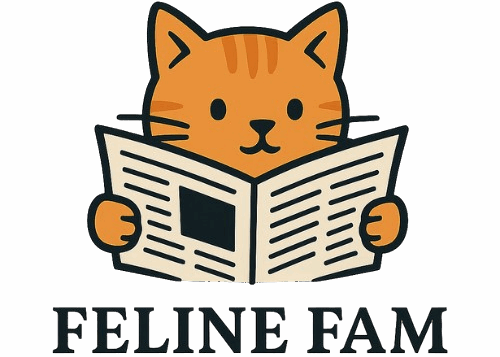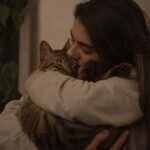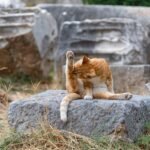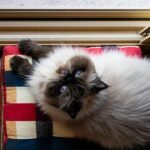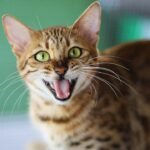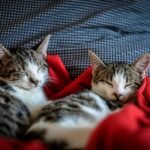Imagine sinking into your favorite chair at the end of a long day, feeling the world’s tension melt away. Now, look over at your cat, sprawled in a pool of sunlight, eyes half-closed, purring softly. It’s tempting to think relaxation is universal, but have you ever wondered what your cat is truly saying with every whisker twitch, tail flick, or slow blink? Decoding a cat’s restful cues isn’t just charming—it’s the secret to a deeper bond. Let’s dive into the art of reading the subtle, surprising body language of a relaxed cat and discover what your feline friend is quietly telling you.
The Language of the Tail: Calm vs. Caution

A relaxed cat’s tail can be a silent poem, swaying gently like tall grass in a summer breeze. When a cat is at ease, you’ll often see its tail held low or stretched out, maybe with a soft, lazy sway at the tip. This is a sign your cat feels safe and unthreatened in its environment. If you spot your cat’s tail softly curling around its body or draping over its paws, that’s another signal of contentment. However, if the tail starts twitching rapidly or thumping, that’s your cue something’s shifted—a relaxed cat rarely lashes its tail. It’s like a human humming a tune versus drumming their fingers impatiently. Tails tell tales, and the calm, gentle movements are your ticket to knowing your cat feels right at home.
The Magic of Slow Blinking

Have you ever noticed your cat giving you a slow, deliberate blink? This is often called a “cat kiss,” and it’s a subtle but powerful signal of trust and peace. When a cat slowly closes and opens its eyes in your presence, it’s saying, “I feel safe with you.” Try slow-blinking back and see how your cat reacts—many will return the gesture, which can feel oddly magical. Fast or wide-eyed blinks, on the other hand, usually suggest alertness or nervousness. The slow blink is an invitation to share in their calm, a quiet communication that words could never match.
Paws: Tucked, Outstretched, or Loafed?
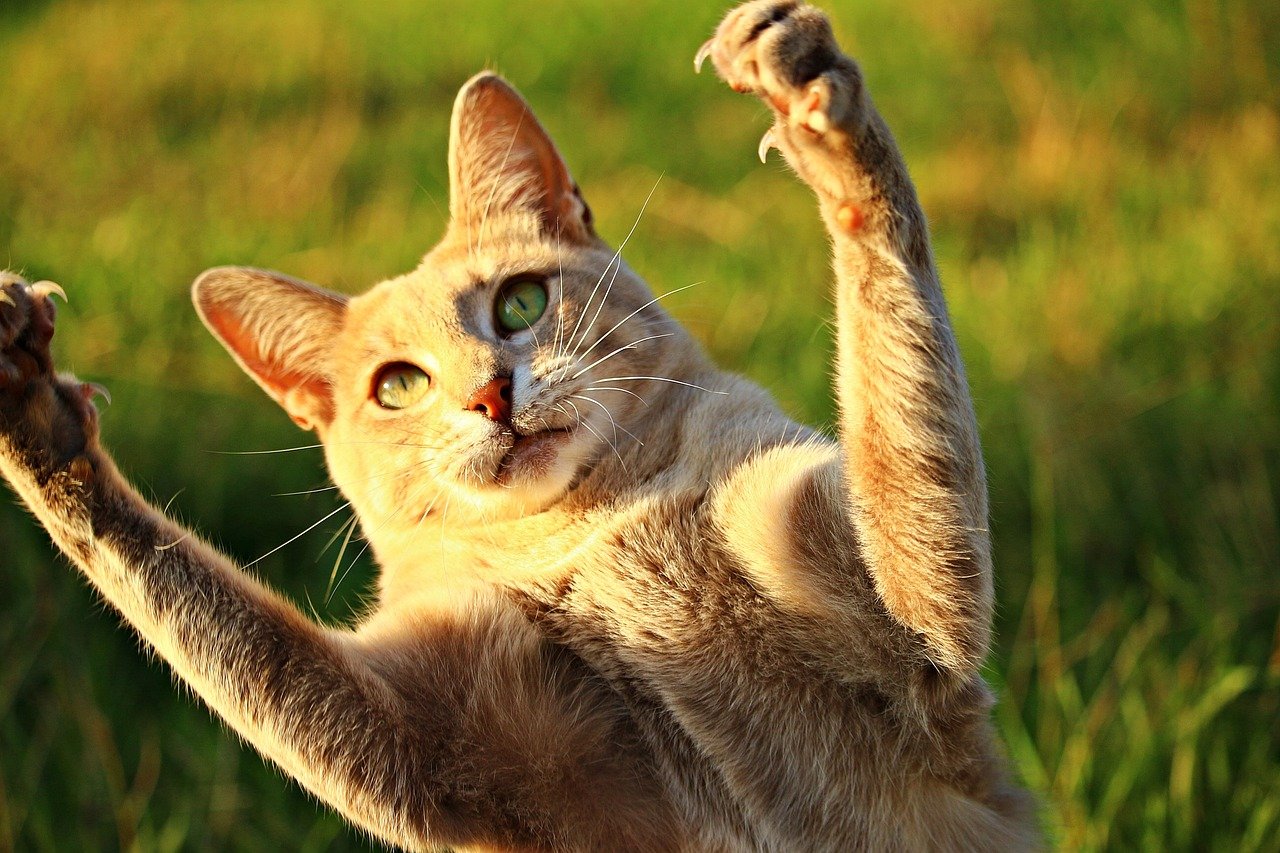
The position of a cat’s paws is a treasure trove of information. A classic “cat loaf”—where the paws are neatly tucked under the body—signals ultimate relaxation. It’s like your cat is settling in for a cozy nap, with no intention of getting up soon. Outstretched paws, sometimes kneading a blanket or your lap, often mean your cat is comfortable and happy. If you see your cat’s paws hidden, especially while sleeping, it’s a sure sign of trust. Conversely, paws ready to spring or claws unsheathed can indicate tension. Watch how your cat arranges its paws, and you’ll start to decode their mood like a pro.
Ears: The Relaxed Symphony
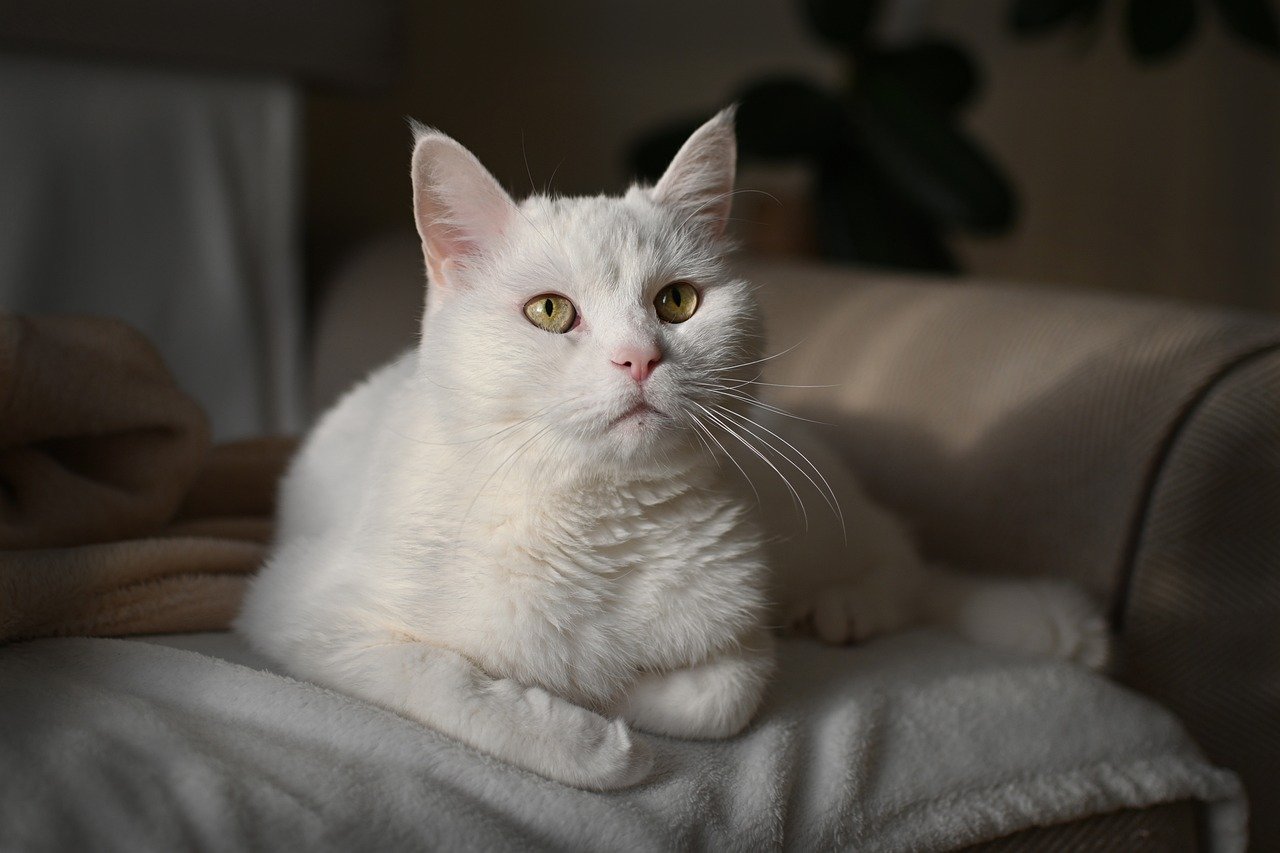
Ears are one of the most expressive features on a cat’s body. When a cat is relaxed, its ears are usually facing forward or slightly to the side, not pinned back or swiveling. Imagine someone at ease, listening to soft music—there’s a quiet, peaceful tilt to their posture. If your cat’s ears are upright and gently rotated, it’s likely enjoying its surroundings. Flattened or twitching ears, however, may hint at unease or overstimulation. Ears are like little antennae, broadcasting your cat’s comfort level to anyone who cares to watch.
The Comfort of a Curled Body

A relaxed cat will often curl its body into a crescent shape, especially while sleeping. This position conserves warmth and creates a feeling of security. It’s the feline equivalent of pulling a blanket up to your chin on a chilly night. When your cat chooses to curl up next to you, it’s sharing a sense of trust and safety. A tense or rigid body, on the other hand, suggests your cat is on alert. The next time you see your cat curled up, take it as a silent vote of confidence in their peaceful environment.
Purring: More Than Just a Motor

Purring is perhaps the most famous sign of a content cat, but it can mean more than just relaxation. Most often, a deep, steady purr while lounging or snuggling signals that your cat is in pure bliss. However, cats sometimes purr when they’re anxious or unwell, so context is important. If your cat is purring with relaxed body language—soft eyes, loose limbs, gentle breathing—it’s almost always a good sign. Think of purring as a background melody: in the right setting, it’s the soundtrack to a relaxed, happy cat.
Belly Up: The Ultimate Trust
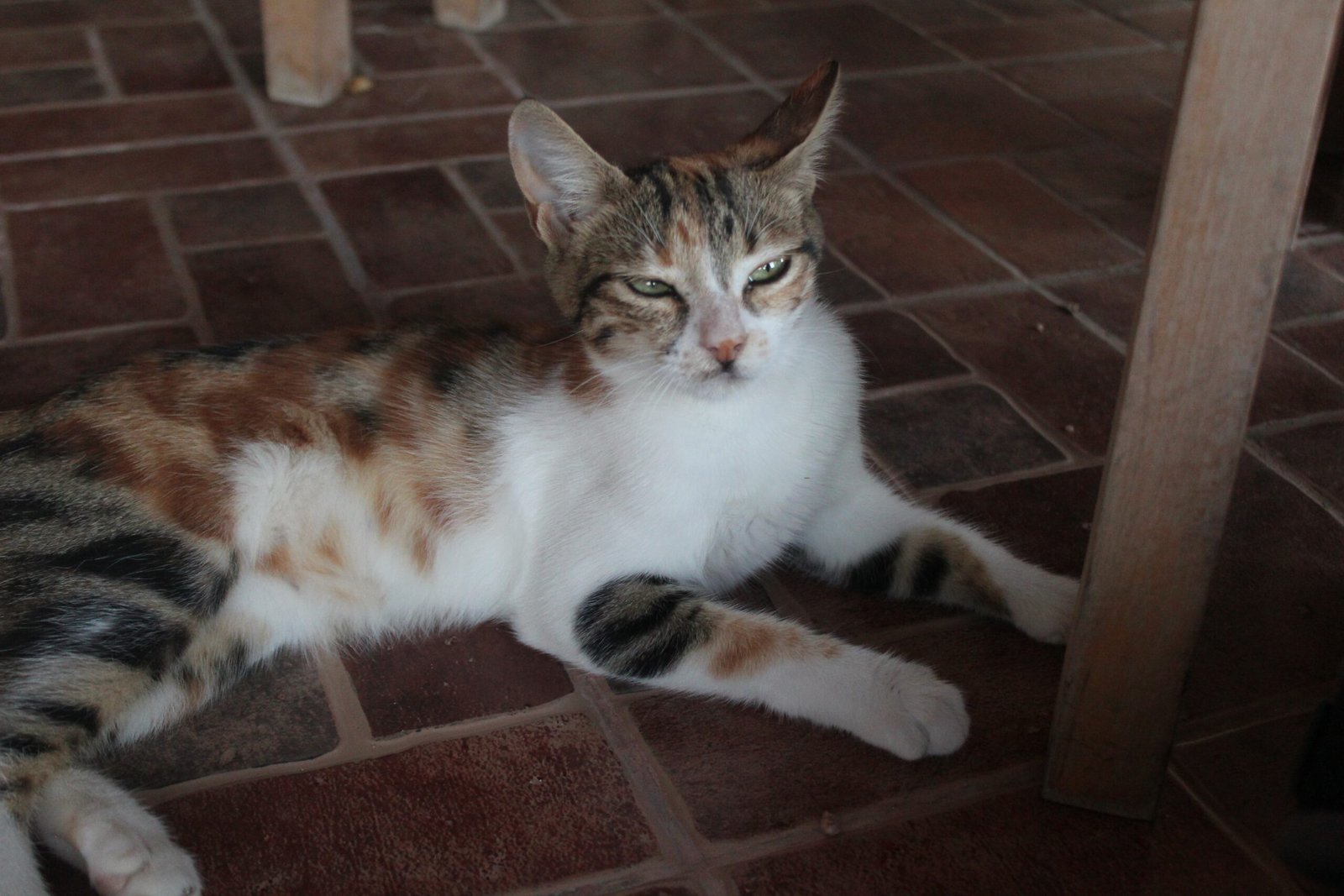
Few things are more endearing than a cat flopping onto its back and exposing its belly. This vulnerable position is a true badge of trust. When a cat shows its belly, it’s saying, “I trust you enough to let my guard down.” But beware—this isn’t always an invitation for belly rubs! Some cats love a gentle scratch, while others may become startled. The important thing is recognizing that a belly-up cat feels safe and secure in its environment. It’s the feline version of wearing pajamas all day and not caring who sees.
Whiskers: The Mood Barometers
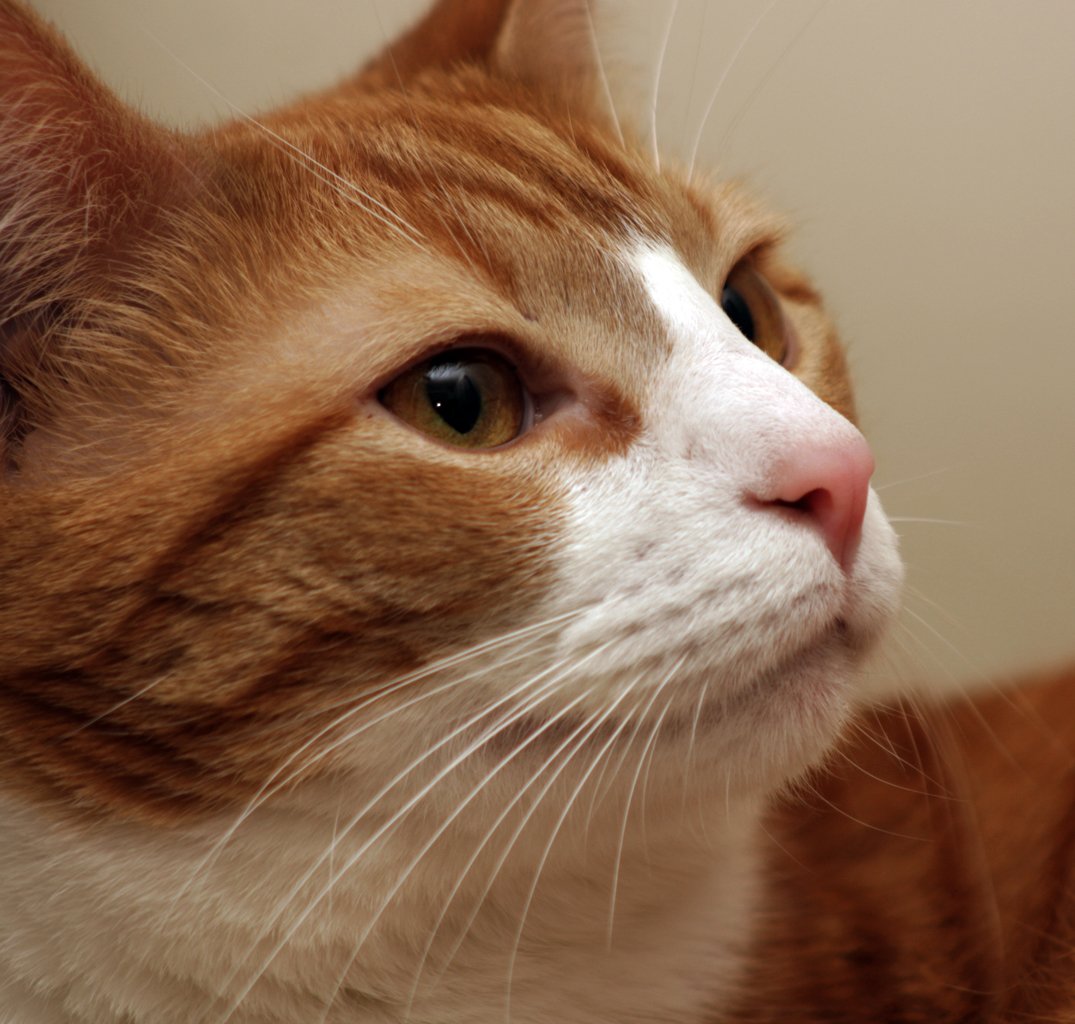
Whiskers are more than just cute—they’re a cat’s built-in mood detectors. When a cat is relaxed, its whiskers are usually held out to the side in a gentle, neutral position. If your cat’s whiskers are pushed forward, it may be curious or excited; if they’re pinned back, your cat could be stressed or fearful. A content cat’s whiskers will look soft and natural, moving only slightly as the cat breathes or shifts. Watching whiskers is like reading a friend’s eyebrows—tiny movements can say so much.
Eyes: The Window to Feline Serenity

A relaxed cat’s eyes look soft, with pupils that are neither too wide nor too narrow. You’ll often notice a slow blink or half-closed eyelids, which signal peace and comfort. Bright, darting eyes suggest alertness, while wide, dilated pupils can mean excitement or fear. When your cat’s gaze is gentle and unhurried, it’s a silent assurance that all is well. If you’ve ever locked eyes with a calm cat, you know the serene feeling it inspires—like looking into a quiet, moonlit pond.
Head Position: Lifted or Resting?

The way a cat holds its head is another subtle clue. A cat that rests its head on its paws or the floor is probably feeling relaxed and sleepy. If your cat lifts its head and looks around with soft eyes, it’s content but aware. Rapid head movements or a tense, high-held head suggest alertness or agitation. A gently drooping head, especially during a cuddle session, is a clear sign your cat feels safe enough to let its guard down.
Breathing: The Rhythm of Calm

A relaxed cat breathes slowly and evenly, like the gentle ebb and flow of waves on a quiet beach. You’ll notice the chest rising and falling without any jerky or rapid movements. Rapid or shallow breathing can be a sign of stress or excitement, so it’s important to watch for these subtle shifts. If your cat is breathing softly with a calm expression, it’s a sure sign of contentment. Think of it as the feline version of a deep, satisfied sigh.
Vocalizations: Calm Tones and Sounds

Not all vocalizations mean your cat is anxious or demanding. Soft chirps, gentle meows, and quiet trills can be a relaxed cat’s way of acknowledging your presence. These sounds are often low in volume and have a melodic quality. If your cat “talks” to you in a calm, steady voice, it’s likely feeling sociable and at ease. Loud, sharp meows or yowls, however, may indicate distress or a need for attention. The tone and context matter just as much as the sound itself.
Grooming Habits: The Serenity of Self-Care
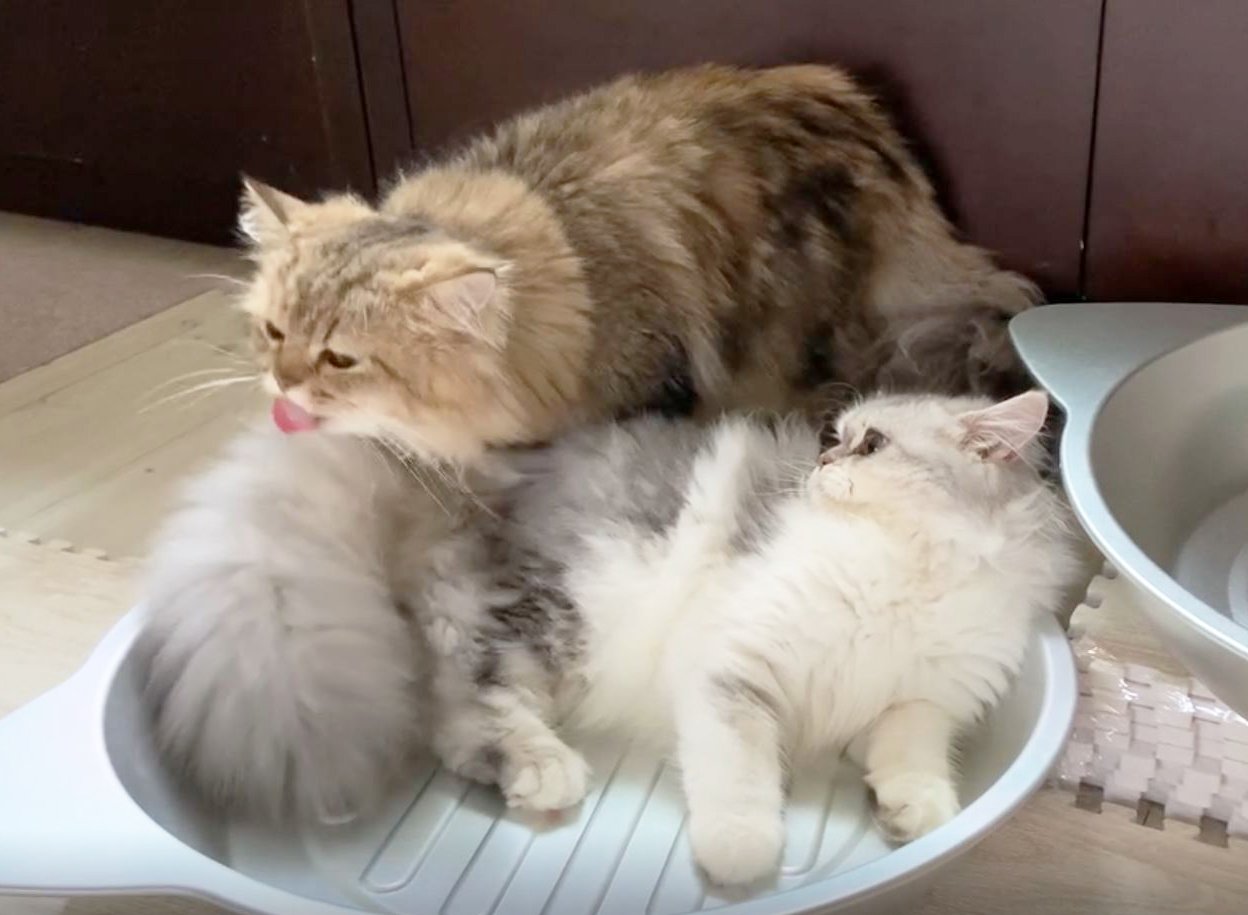
A content cat will often groom itself in your presence, licking its fur with slow, measured strokes. This behavior is a strong indicator your cat feels safe. Cats use grooming to relax and comfort themselves, and they’ll only do it when they’re not worried about threats. If your cat starts grooming you—licking your hand or nuzzling your hair—it’s a sign of affection and acceptance. Think of grooming as your cat’s way of unwinding, like a person taking a long, hot bath.
Sleeping Spots: Where Trust Blooms

Where a cat chooses to sleep says a lot about its comfort level. Relaxed cats often pick soft, sunny spots, or even your lap, as their favorite napping places. If your cat sleeps in the open instead of hiding, it signals a strong sense of security. Cats that relax near you or in the center of the room are showing they feel at home. The more exposed the sleeping spot, the more trust your cat is showing. It’s a silent compliment, like a friend falling asleep during your movie night.
Stretching: The Luxury of Relaxation

A big, slow stretch is a classic sign your cat feels relaxed and comfortable. Cats stretch to loosen their muscles, but they’ll only do so freely if they feel safe. Watch for the full-body stretch, with paws reaching forward and back arched—a true display of feline confidence. A relaxed stretch is often followed by a contented flop or yawn, another sign your cat is in no rush. Stretching is your cat’s version of saying, “Ah, this is the life.”
Playful Flicks: Whimsical Movements
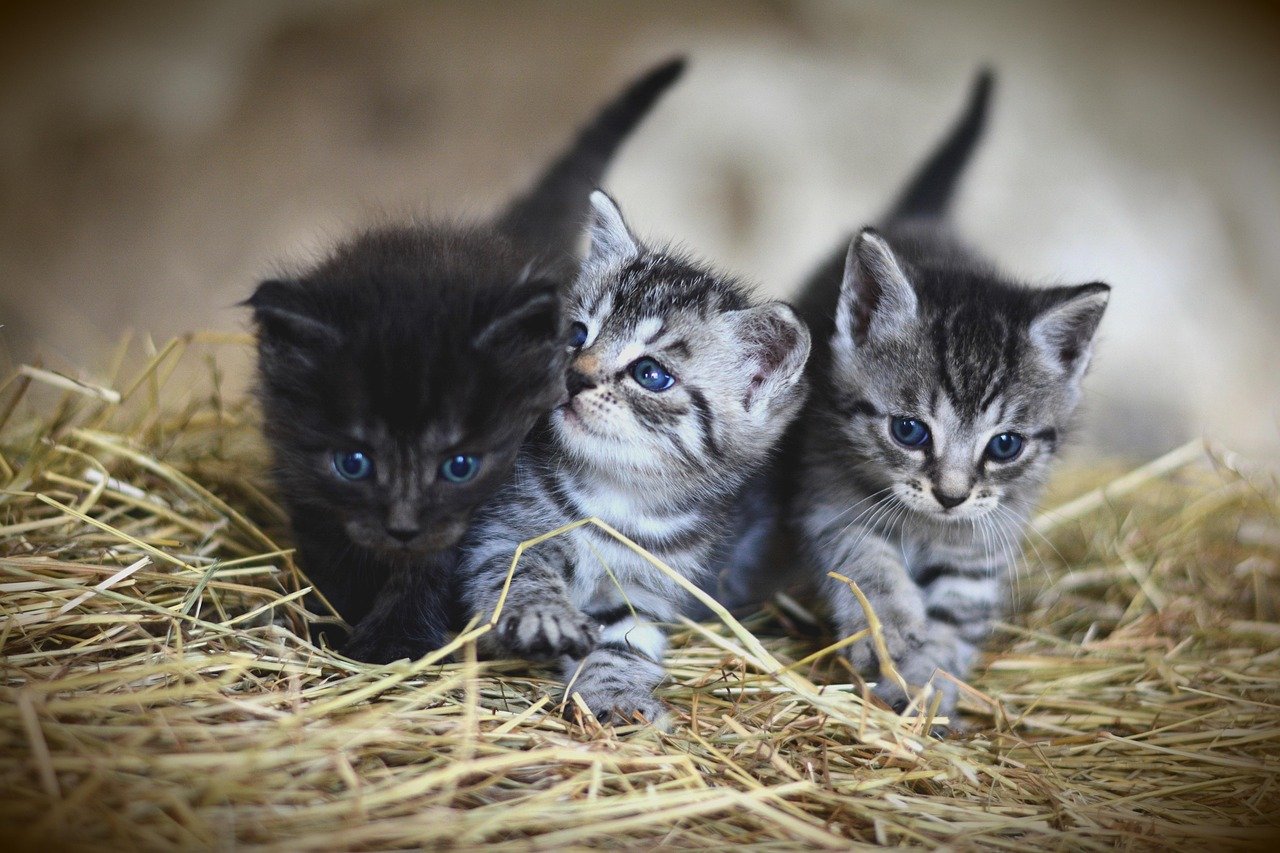
When cats feel safe and relaxed, they often indulge in playful, gentle flicks of their tail or paws. You might notice a relaxed cat lazily batting at a toy or chasing dust motes in a patch of sun. These subtle movements are a sign of a happy, stress-free feline. Playfulness is a hallmark of relaxation, just like a person whistling while they work. When your cat is at ease, its play becomes more fluid and less frantic, a true dance of contentment.
Yawning: Not Just Sleepy, But Secure

A cat’s yawn isn’t just a signal of tiredness—it’s also a sign of comfort. Yawning exposes a cat’s teeth and throat, which they’ll only do when they feel safe. If your cat yawns while lounging near you, it’s a sign it’s letting its guard down. Yawning often accompanies stretching and slow blinks, creating a trifecta of relaxation cues. If you see your cat yawn and then settle back down, you can be sure it feels right at home.
Side Sleeping: The Sign of Deep Trust
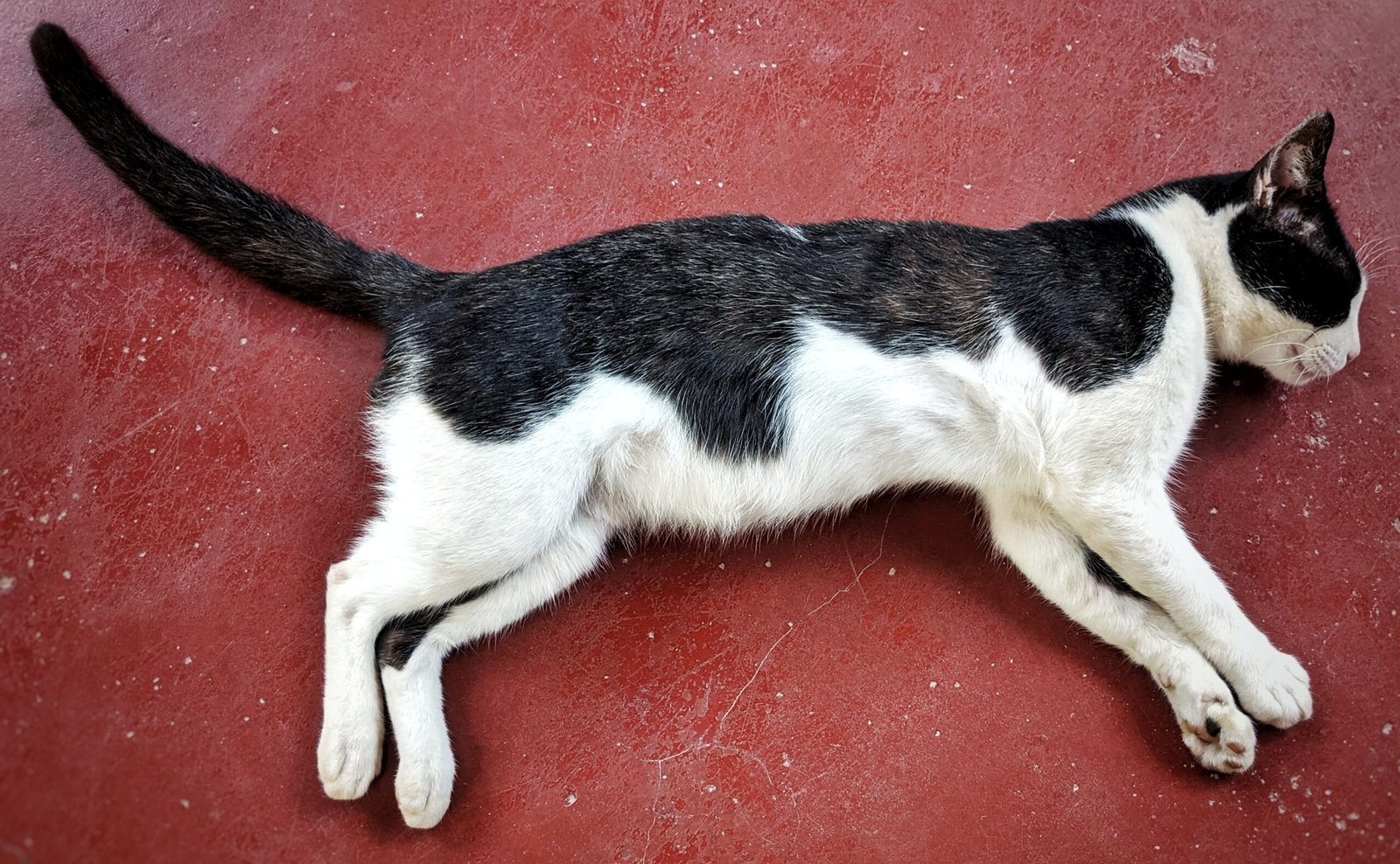
When a cat sleeps on its side, exposing its belly and limbs, it’s in one of its most vulnerable positions. Cats will only adopt this posture in a place and with people they trust deeply. Side sleeping signals that your cat feels completely at ease, with no fear of sudden danger. You’ll often see relaxed breathing, gentle purring, and maybe even twitching paws as your cat dreams. This position is a rare and beautiful compliment—cherish it when you see it.
Nose Touches: Gentle Affection
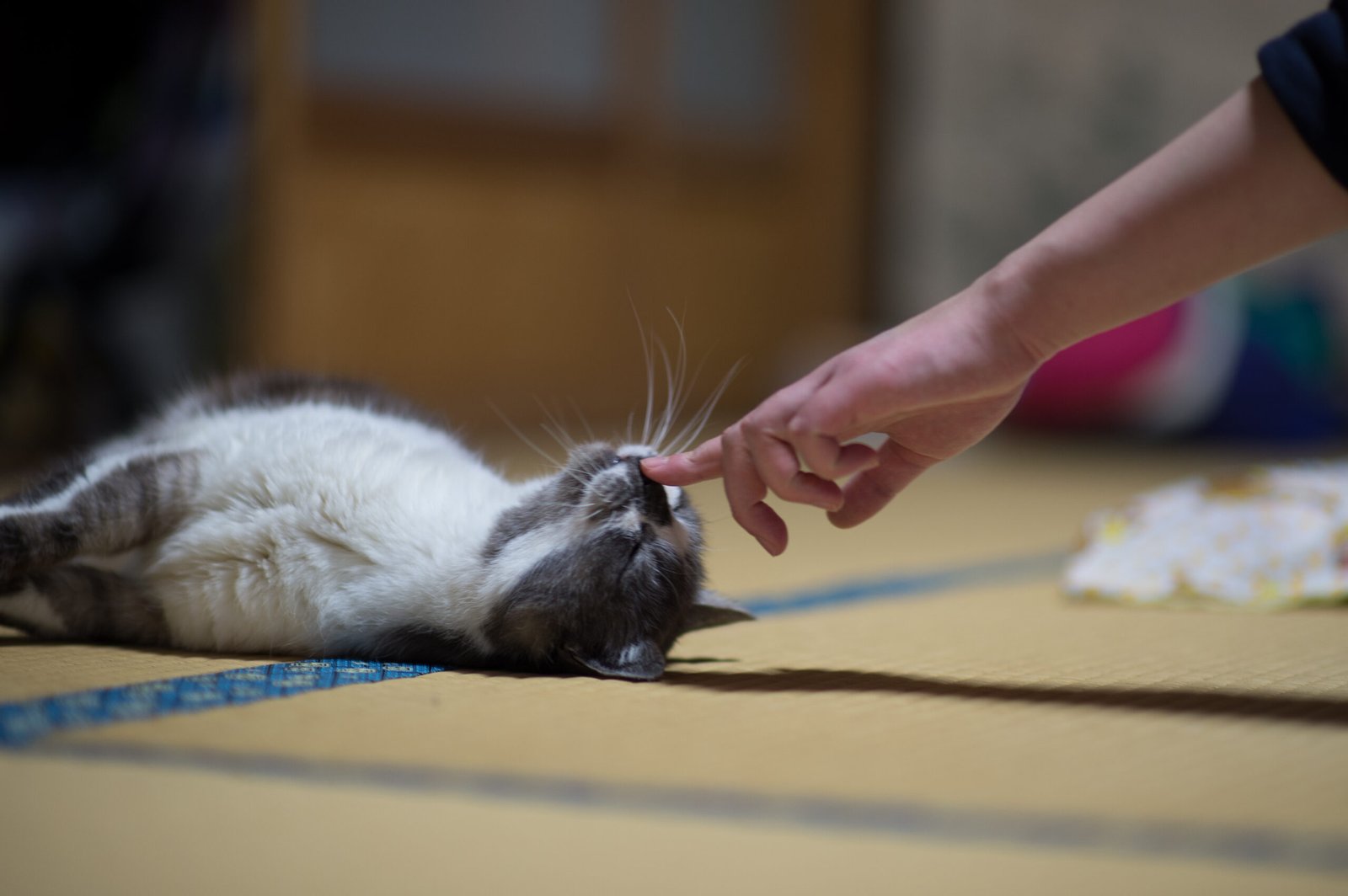
A relaxed cat may greet you or another pet with a gentle nose touch. This is the feline equivalent of a friendly handshake or a kiss on the cheek. Nose touching is a sign of trust, affection, and social bonding. If your cat approaches you with a soft nuzzle or gentle boop, it’s saying, “I like being near you.” These tender moments are small but powerful indicators of a cat’s comfort and relaxation.
Companionship: Seeking Your Presence
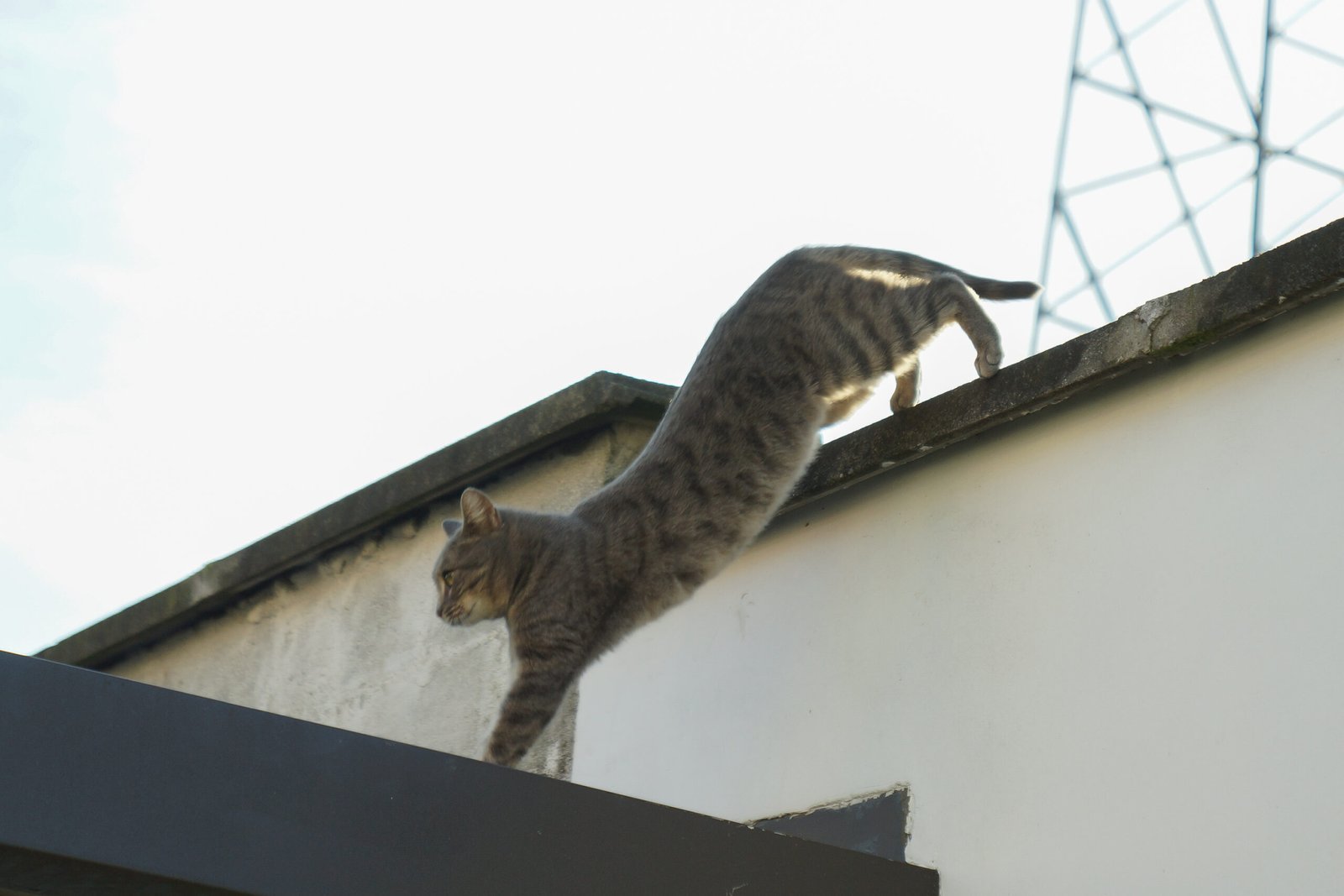
A relaxed cat often chooses to be near you, even if it’s not seeking direct attention. Whether it’s sitting quietly on the same couch or following you from room to room, this behavior signals trust and contentment. Your cat may not always want to be petted or held, but its quiet companionship is a testament to its comfort. When your cat settles nearby, it’s saying, “I feel safe just being with you.” This silent company is one of the purest signs of feline relaxation and trust.
Hi, I’m Bola, a passionate writer and creative strategist with a knack for crafting compelling content that educates, inspires, and connects. Over the years, I’ve honed my skills across various writing fields, including content creation, copywriting, online course development, and video scriptwriting.
When I’m not at my desk, you’ll find me exploring new ideas, reading books, or brainstorming creative ways to solve challenges. I believe that words have the power to transform, and I’m here to help you leverage that power for success.
Thanks for stopping by, Keep coming to this website to checkout new articles form me. You’d always love it!
